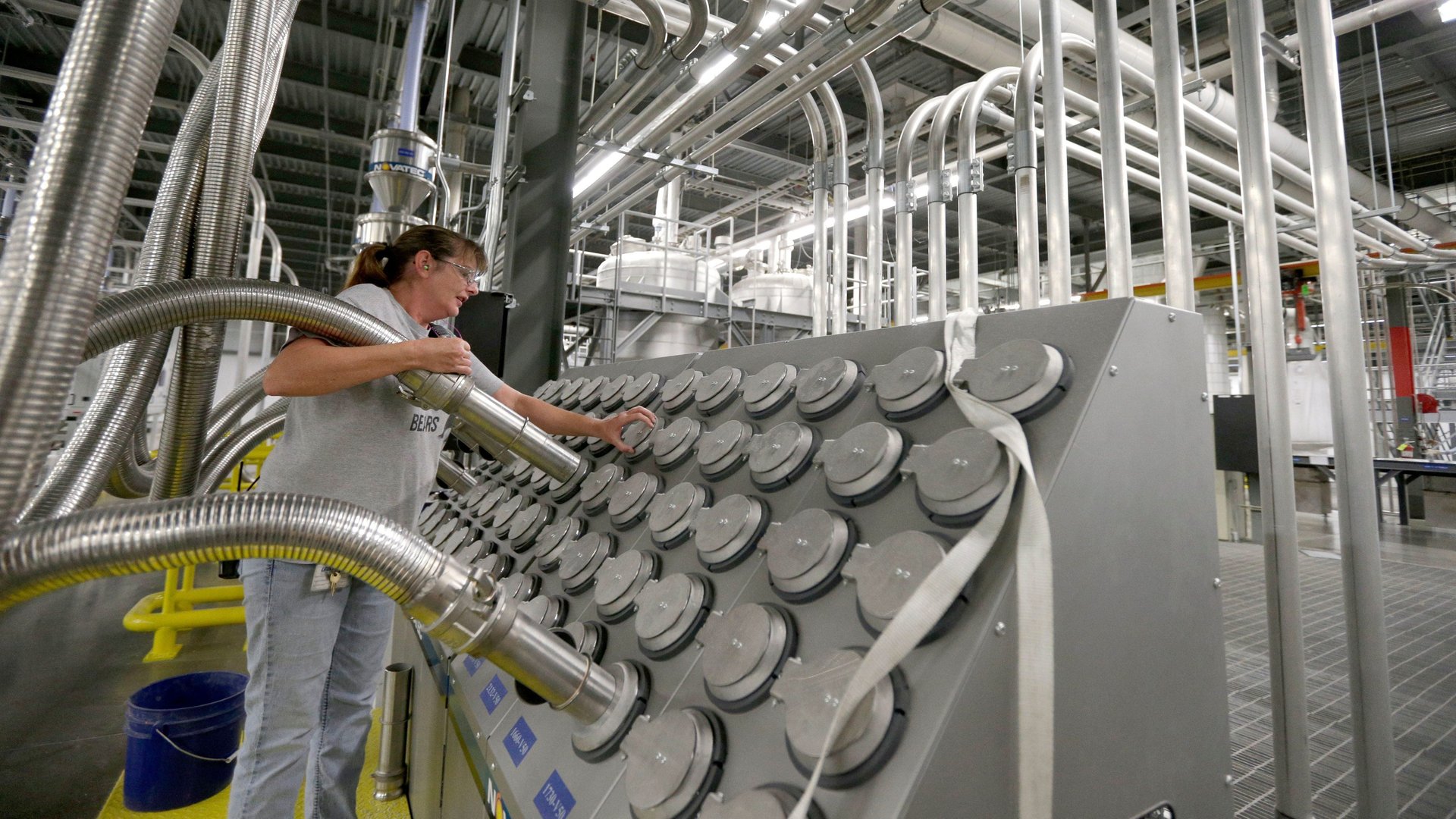Trump wants to merge the US education and labor departments. It isn’t a terrible idea
For decades, Republicans have attempted, and failed, to abolish the US Department of Education. Former president Ronald Reagan was the first to try to take an axe to it in 1981, just two years after it was established by his democratic predecessor Jimmy Carter in 1979. Last year, House Republicans tried again.


For decades, Republicans have attempted, and failed, to abolish the US Department of Education. Former president Ronald Reagan was the first to try to take an axe to it in 1981, just two years after it was established by his democratic predecessor Jimmy Carter in 1979. Last year, House Republicans tried again.
Now the Trump administration has announced the latest idea to kill the agency, this time by merging it with the Department of Labor. As first reported by Education Week, the plan is part of the White House’s goal to shrink the federal government by eliminating what it considers inefficient or unwanted programs. Education professionals, already traumatized by the hostile approach of education secretary Betsy DeVos, are reacting with understandable horror.
But there are reasons why merging the departments, or at least some of their functions, makes sense. One of the biggest challenges facing the US is remaining economically competitive in the decades, and centuries, to come. Aligning the two departments charged with developing the workforce under a shared vision and direction could help fix what so far has been a scattershot and ineffective approach.
There are lots of reasons to be wary, however. If Trump’s ambition is simply to reduce spending, it’s hard to imagine any merger would be engineered to protect and enhance the critical role of both departments. The timing is also suspicious. A pledge to merge the Department of Education out of existence would be a gift to conservatives a day after Trump was accused of caving into liberal protests over his administration’s hardline policy of separating families detained at the US-Mexico border. But that doesn’t mean the idea doesn’t have merit, given the extraordinary need for the US to cohere around an educational strategy that prepares its citizens for an uncertain future.
It’s no secret that the US education system isn’t producing workers who can fill the jobs of today, much less tomorrow. In a PwC survey of 104 CEOs (pdf), 32% said they were “extremely concerned” about not being able to find workers with the necessary skills.
A landmark 2007 study commissioned by Congress and produced by the National Academies of Science, Engineering, and Medicine issued a dark warning that the advantages in science and technology the US had enjoyed since World War II were under threat.
Although many people assume that the United States will always be a world leader in science and technology, this may not continue to be the case inasmuch as great minds and ideas exist throughout the world. We fear the abruptness with which a lead in science and technology can be lost—and the difficulty of recovering a lead once lost, if indeed it can be regained at all.
The study recommended significant investments in education spending and teacher training to improve outcomes in science, technology, engineering, and math. But if anything, the outlook has only worsened since the study was released. The US spends more per student than any other industrialized country, yet its pupils rank in the middle of the pack.
While automation and robots are helping to answer the skills shortage for industry, their adoption is creating further disruption for lower-skilled US workers. There is already a growing crisis of unemployed blue-collar men displaced by technology and international competition. A 2017 McKinsey report (pdf) suggests that without massive investments in re-training, the US could face widespread unemployment and wage depression.
While training has been the purview of the education system, re-training has traditionally fallen to industry, unions, or arrangements cobbled together by local and state job boards and colleges, with results that are mixed at best.
The coming problem is too big for half measures. It’s increasingly clear that a comprehensive national strategy is required, and it needs coordination at the top. Merging the departments of education and labor isn’t the only way to accomplish that goal, but it’s not an idea that should be rejected out of hand, either.
Of course, any merger proposal will need approval from Congress, and given the appropriate skepticism about the administration and its aims, it seems unlikely to give it. It may, however, start a necessary conversation about the future of America’s workforce.